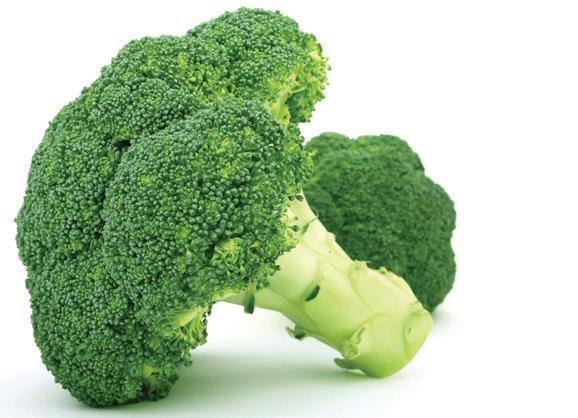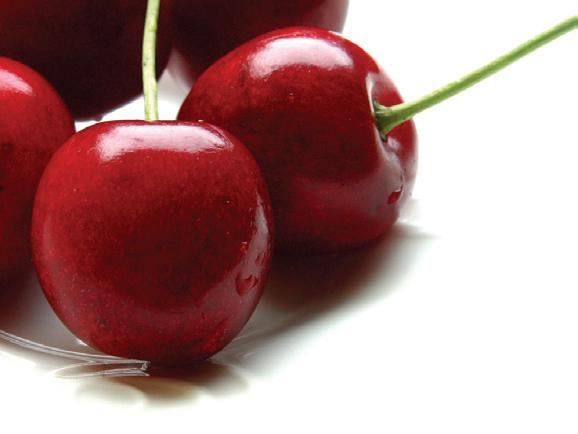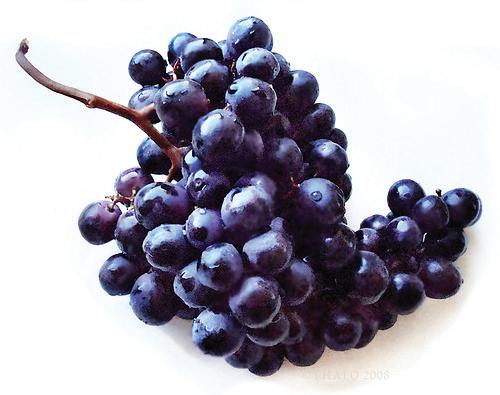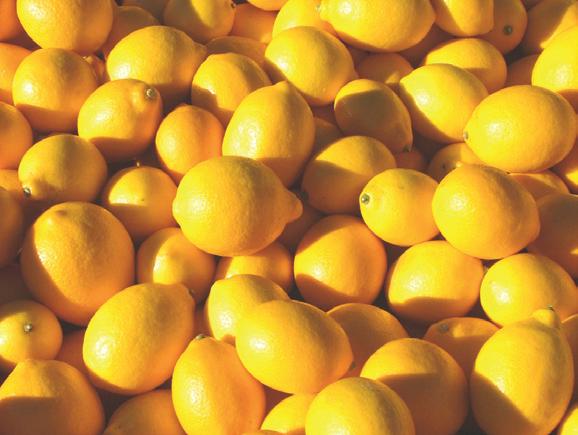
2 minute read
The colour wheel
from 2011-09 Sydney (1)
by Indian Link
BY GEETA KHURANA


Most people are aware of the concept of 2 & 5, i.e. one should have 2 serves of fruit and 5 serves of veggies every day, but by eating these in a variety of different colours, one can enjoy the best all-around health benefits. Each differently coloured fruit and vegetable contains unique health components that are essential to our health. By eating different coloured fruit and veggies, you get a diverse amount of vitamins and minerals.
The ‘colour wheel’ diet was developed by Dr. David Heber, director of the UCLA Centre for Human Nutrition. It incorporates the seven colours of health: red/purple, red, orange, orange/yellow, yellow/green, green, and white/green. The category system makes it easier for people to consume the proper amounts and types of nutrients needed in diets.
According to this diet, each coloured fruit or vegetable provides a unique benefit to the diet, and there is also evidence of interactions between colours that provide benefits. As a result, the colour wheel diet advises the intake of as much and as many different colours as possible. Consuming a variety of fruit and vegetables will ensure a diverse intake of more than 25,000 different phyto-nutrients.
But mainly, fruit and vegetables can be divided into 5 main colours: red, blue and purple, green, yellow and orange, and white.
Try to include different coloured fruits and veggies in your diet to have more variety and to attain maximum nutrition.
Consuming a variety of fruit and vegetables will ensure a diverse intake of more than 25,000 different phyto-nutrients.

Fruits And Vegetables Benefits Nutrient
Red apples, tomatoes, cherries, cranberries, beets, red peppers, radishes, watermelon, raspberries, red onion
Red foods help fight cancers especially prostate cancer, help lower blood pressure, and lower cholesterol and keep your heart healthy. Also help reduce tumour growth and support joint tissues.

Lycopene, ellagic acid, quercetin, and hesperidin
Blackberries, blueberries, plums, figs, grapes, raisins, purple cabbage, eggplant, prunes, purple potatoes.

Avocados, kiwi, asparagus, green apples, peas, green grapes, artichokes, lettuce, asparagus, celery broccoli, spinach, green beans, green cabbage, cucumbers, limes, okra, leek.
Carrots, oranges, apricots, cantaloupes, lemons, mangoes, nectarines, peaches, yellow peppers, papayas, sweet potatoes, pineapple, pumpkin, corn, lemon, tangerines, gooseberries.
Bananas, cauliflower, garlic, ginger, mushrooms, onions, potatoes, turnips, parsnips, artichoke, shallots, white peaches, white nectarines.
These support healthy digestion, improve calcium and other mineral absorption, reduce strokes and cancers. They are also high in vitamin C and fibre. These also help to fight inflammation and boost the immune system.
Lutein, zeaxanthin, resveratrol, vitamin C, fiber, flavonoids, ellagic acid, and quercetin.
These are high in iron, fibre, calcium and magnesium, vitamins C, E, K and many of the B vitamins. Green foods help eye sight and support retinal health, digestion. These foods fight free radicals and boost your immune system.
These are high in vitamin C and beta-carotenes. They help keep your heart healthy, good for eye sight and help reduce age related macular degeneration. These help in collagen formation and healthy joints. These also work with calcium and magnesium to build healthy bones.


These help boost immune system, reduce cancers mainly colon, breast and prostate cancers and balance hormone levels and hormone related cancers.
Chlorophyll, fiber, lutein, zeaxanthin, calcium, folate, vitamin C, calcium, and betacarotene.
Beta-carotene, zeaxanthin, flavonoids, lycopene, potassium, and vitamin C.
Beta-glucans, EGCG, SDG, and lignans












